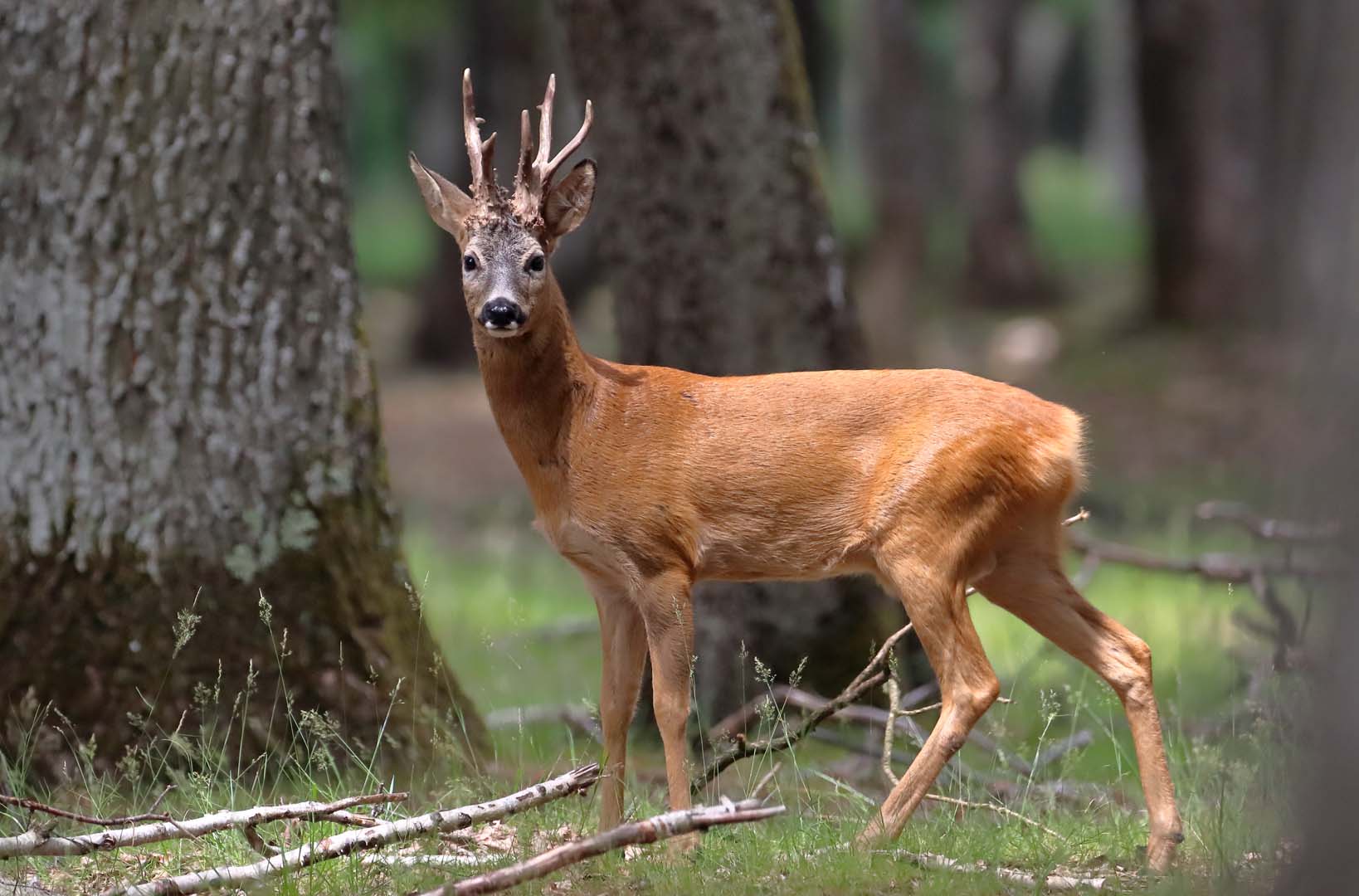Western Roe Deer, a gracefully small creature that rambles woodlands and forests in Europe. The red-brown colour of their coat is well camouflaged with the ground.
A Master of Disguise
Roe are highly adaptable and can live in very varied habitats from forest to grassland. They have an excellent ability to disappear in their habitat but still might be almost invisible even for seasoned observers. They can give a type of barking call across the park, when they feel in danger, which often surprises hikers who are strolling around.
Unique Reproductive Cycle
Roe deer possess no special reproductive technique. They also mate twice a year, which is unique among animals in the deer family. Rutting season is in the summer and late autumn. This curious method of reproduction enables them to exploit seasonal food resources.
A Gentle Giant
Roe deer are naturally very jumpy creatures, most notably stags do not make for easy subjects either! They are peaceful most of the time, and always like to stay away from any fight if possible. They are usually viewed with their heads down grazing in herds, more specifically during the fall months.
Conservation Concerns
Although populations of roe deer are stable in some regions, they face threats from habitat loss and road accidents as a result of high densities near gardens; the main predator is now the red fox. While conservation is dedicated to habitat protection, road mortality reduction and sustainable hunting management.
The western Roe Deer plays an important part in European ecosystems and is a very interesting animal. By knowing and enjoying these animals, we are helping in their continued existence for centuries.
